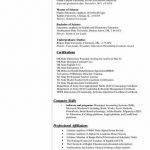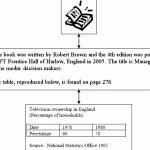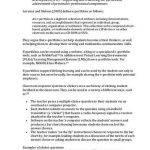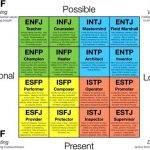Psychology classes will require a number of different types of writing from you in order to gauge your ability to summarize information accurately, synthesize information from a number of different sources, interpret the validity of views between sources, and present your own findings clearly. The main forms of writing psychology students and researchers engage in are the literature review, empirical paper (or lab report), research proposal, and thesis.
This type of paper synthesizes previous studies on a certain topic to provide context for your thesis, which should be a unique perspective on the topic. Your goal is to evaluate the sources you’ve read, rather than just summarizing them. What do differences in research design or population acorss studies, for instance, do to influence the general concensus about your topic? What are the contradictions among studies that address a specific theory?
According to the Harvard College Writing Program (2008), a literature review should have three main sections:
- Introduction. Gives a background on the history surrounding the research of this topic, why the topic is relevant to the academic community, the relevant theories explaining the topic, and your thesis statement.
- Body. Summarize the evidence supporting your claim, and evidence refuting your claim. Then evaluate your sources– what were the methods and theoretical justifications used? Always remember to connect each aspect back to your thesis statement.
- Discussion/Conclusion. Discuss how your thesis reflects the evidence you presented. What questions need to still be answered? What future research could be done? What are the implications of your conclusions for policy or how people act in their everyday lives?
Lab Report/ Empirical Journal Article
A lab report presents the hypothesis, method, results, and scholarly discussion of your own experimental research. An empirical journal article has the same format as a lab report, but is more in-depth–they are the research articles you can see published in scholarly journal publications like Psychology Bulletin. Empirical articles and reports follow a specific APA format which we discuss in depth here.
A research proposal is exactly like it sounds: a formal proposition for a viable research project.
When trying to think of a research project, you should first conduct a thorough review of the literature pertaining to your topic. What studies have been done already, and what have they found? Are there any gaps in the literature (i.e. questions that remain to be answered, or could be answered better using a different methodology).
After identifying a specific, testable research question and hypothesis, think about ways you could test that hypothesis. What methods have already been used? Were there any downsides to those methods? Have there been any recent advances in technology or quantitative theory that you could take advantage of?
Once you have those main parts- a literature review, hypothesis, methodology, and rationale (reasons for your project), you’re ready to write your proposal! There is no specific format for how it should be written, but Aspelmeier (n.d.) provides a helpful template for structuring a proposal introduction and methods, results, discussion and conclusion in psychology.
According to Jamieson (1993). a thesis is a longer version of an empirical journal article; therefore it usually revolves around a central study or set of studies and provides a comprehensive literature review, explanation of one’s methodology and results, and discussion. However, because a thesis has fewer space constraints than a typical journal article or lab report, the researcher can provide a much more in-depth examination of the information. In this sense, you can think of a thesis more as a ‘mini-book’ more so than a typical article (Jamieson, 1993). In fact, many graduate theses are later published as books.
Jamieson (1993) goes on to suggest the following format and page length guidelines for a thesis paper:
Table of Contents (optional)
List of Tables (optional)
List of Figures (optional)
Introduction (10-15 pages for BA; 15-25 pages for MA)
Method (2-4 pages BA; 4-6 pages MA)





 Phd dissertation committee on resume
Phd dissertation committee on resume Creative writing dissertation titles in psychology
Creative writing dissertation titles in psychology Harvard referencing phd dissertation database
Harvard referencing phd dissertation database Le conseil constitutionnel et la constitution dissertation writing
Le conseil constitutionnel et la constitution dissertation writing Parler pour ne rien dire dissertation writing
Parler pour ne rien dire dissertation writing






